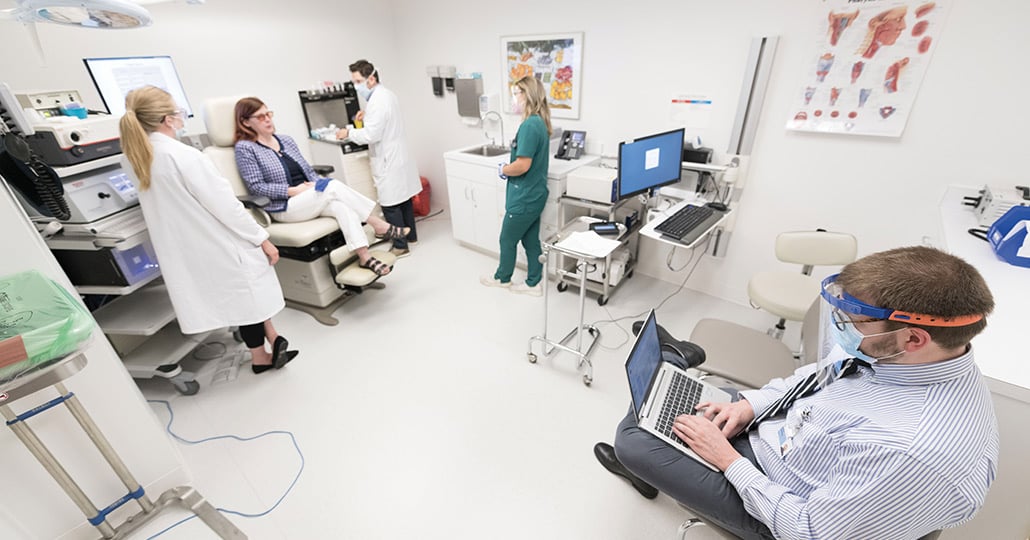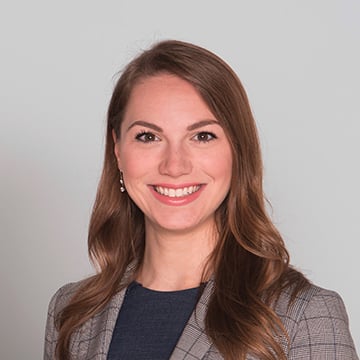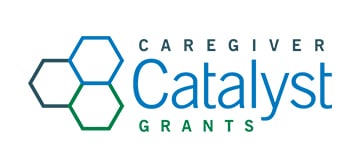CAREGIVER CATALYST GRANTS
A Cure for 'Desktop Medicine'
By Christina Bucciere

The Medical Observation and Scribe Training (MOST) Fellowship, funded by philanthropy, frees up more time for physicians to spend face to face with patients. | Photo: Reen Nementh
The Need
The increasing presence of computers in healthcare has drastically changed the relationship between patient and physician. It’s frustrating for both parties. Patients want the doctor’s undivided attention; doctors want to do what they’re trained to do: care for patients. During medical school, doctors are almost entirely focused on diagnosing and treating illness. But more and more upon entering the exam room, they spend their time on “desktop medicine,” which leaves less time for face-to-face patient care. The frustration is leading to burnout and giving physicians cause to leave the field of medicine entirely. One method to improve physicians’ quality of life and the patient experience is to employ medical scribes — trained personnel who assist physicians with documentation.

Few if any providers go into patient care because they want to sit at a computer all day, or worse, remember what they said eight hours ago. We hear quite often that documentation takes the ‘joy’ out of medicine. Through this program, students understand the true state of healthcare delivery, and the providers gain the help they need to focus on the patient at point of care. It’s a win-win. — Sarah Beinkampen, MOST Fellowship Co-Founder
The Facts
Nationwide, the number of burned-out physicians is on the rise, and studies show electronic health record (EHR) use is a contributing factor. One study found that half of surveyed physicians reported higher frustration and lower satisfaction with their jobs due to the increased administrative burden presented by EHRs. Doctors experiencing burnout are more likely to make medical errors and work less efficiently. Research shows, however, that employing medical scribes improves physician satisfaction significantly without compromising patient satisfaction.
The Idea
Led by Sandy Hong, MD, and Sarah Beinkampen, a team of caregiver already familiar with the third-party scribe system used at Cleveland Clinic was awarded a $10,000 Caregiver Catalyst Grant in July 2019 to establish an in-house scribe program. The Medical Observation and Scribe Training (MOST) Fellowship is a post-baccalaureate program that trains students in basic medical terminology, clinical workflow documentation and other core scribing education competencies. Students complete at least 24 hours of scribing and medical observation per week with their assigned clinical preceptor.

Cleveland Clinic’s Caregiver Catalyst Grants pool donations to fund the brightest ideas from our caregivers to improve patient outcomes and experiences. To date, more than 115 grants have been awarded, representing $4.7 million in support.
The Impact
The grant kick-started the first two years of the MOST Fellowship, during which 10 students completed training and the program was fully developed to be sustained moving forward. This year, it plans to reach 32 students. The goal is twofold: increase the face-to-face time providers have with patients and lift up young professionals through education in a growing field. The team is now focused on making the program more accessible to minorities wishing to enter healthcare, via pipeline partnerships with Cleveland State University and Case Western Reserve University.
